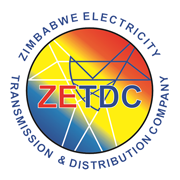Zimbabwe’s former Minister of Energy and Power Development, Zhemu Soda, announced new regulations for net metering that allow individuals and corporations to feed back up to 5 MW of their excess electricity into the grid. The regulations were published under the Statutory Instrument 38 of 2022, in terms of section 65 of the Electricity Act [Chapter 13:19].
The initial regulations allowed only up to 100kW to be fed back into the grid. Under Zimbabwe’s net metering program, any existing customer with a grid-tied solar system qualifies for net metering subject to completion of application forms obtained from the electricity distribution company, ZETDC.
The Southern African country is hoping the new regulations will help improve security of energy supply and help supplement the electricity generation shortfall from national utility’s ZESA Holdings’ generation systems.
Zimbabwe’s net metering program does not have a monetary compensation option, instead customers can offset part of their electricity bill through credits earned from the state electricity utility ZESA for the electricity fed into the grid. For every kilowatt-hour (kWh) of power a customer feeds into the grid, a domestic customer can offset 0.8kWh from their electricity bill, and an industrial customer can offset 0.85kWh.
According to Zimbabwe’s Ministry of Energy and Power Development, the country’s net metering programme aims to encourage increased domestic and commercial scale deployment of renewable energy, and help the country reduce dependence on power imports to meet its power demand.
Zimbabwe has a peak electricity demand of 1,600 MW, against an average power generation capacity of 1,200 MW. The country currently imports electricity from South Africa and Mozambique to meet some its power demand.

